
 |
|
September 2017 News from No BoundariesSummer Meeting in Columbus, Ohio | New Chair and Vice Chair | No Boundaries Welcomes Minnesota Around the Maintenance World Meetings and Events | Training Opportunities | Research |
The No Boundaries Roadway Maintenance Practices pooled fund project, #TPF-5(330), facilitates the implementation of proven, ready-to-deploy maintenance innovations. |
| Welcome! This newsletter from the national No Boundaries consortium features the latest updates on the group's activities and compiles recent research, state practices, and training opportunities related to non-winter roadway maintenance from around the country. |
News from No Boundaries |
| Summer Meeting in Columbus, Ohio
High-resolution meeting and field visit photos are available on No Boundaries' new image sharing page on Flickr. |
|
|
|
|
| New Chair and Vice Chair |
|
|
| No Boundaries Welcomes Minnesota
No Boundaries is Transportation Pooled Fund project #TPF-5(330). State DOT commitments to the project can be made using 100% federal funds. Contact Brian Hirt, CTC & Associates, at 402-770-9067 for more information. |
|
|
 |
Meetings and Events |
| Date | Meeting / Event | Location |
| October 23-25 | Rocky Mountain West Pavement Preservation Partnership Annual Meeting | Seattle, Washington |
| November 6-8 | Midwest Bridge Preservation Partnership Annual Meeting | Minneapolis, Minnesota |
| November 28-30 | 2017 American Concrete Pavement Association Annual Meeting | San Diego, California |
| February 7-10, 2018 | National Pavement Expo 2018 | Cleveland, Ohio |
| February 11-14, 2018 | 2018 National Asphalt Pavement Association Annual Meeting | San Diego, California |
| July 9-13, 2018 | 9th International Conference on Bridge Maintenance, Safety and Management | Melbourne, Australia |
| July 14-17, 2018 | 12th TRB National Conference on Transportation Asset Management | San Diego, California |
| August 26-29, 2018 | APWA Public Works Expo (PWX) | Kansas City, Missouri |
| September 11-13, 2018 | 2018 National Roadside Vegetation Management Association Annual Meeting | Chattanooga, Tennessee |
To recommend a maintenance-related conference or meeting for this calendar (including state and local events), please email Brian Hirt with details and a link to the event website. |
||
Training Opportunities |
| TRB Webinar: Solutions for Aging Low-Volume Road Bridges TRB will conduct a webinar on October 3 that will illustrate ways to repair old bridges, close bridges, and find alternate structures or routes that adhere to budgetary constraints. Presenters will discuss several options, including salvaging old parts, using accelerated bridge construction and modular construction techniques, building geosynthetic-reinforced soil bridge abutments, and building long-span buried bridges. |
|
|
|
|
| TRB Webinar: Performance Grade Specifications for Emulsions Used in Pavement Preservation Treatment TRB will conduct a webinar on October 23 on NCHRP Research Report 837: Performance-Related Specifications for Emulsified Asphalt Binders Used in Preservation Surface Treatments. The webinar will examine three pavement preservation surface treatments: chip seals, microsurfacing, and spray seals. Presenters will describe test protocols for evaluating binder properties for which test methods are not readily available. |
|
|
|
|
Asset Management Research |
| Phased Array Ultrasonic Steel Corrosion Mapping for Bridges and Ancillary Structures Accurate thickness measurements and corrosion mapping are essential for determining load capacity of structural members on bridges and ancillary structures. This project tested a new tool for locating and measuring corrosion: a phased array corrosion mapping system that provides detailed three-dimensional images of structural members, including the remaining thickness of members that exhibit corrosion. Report. |
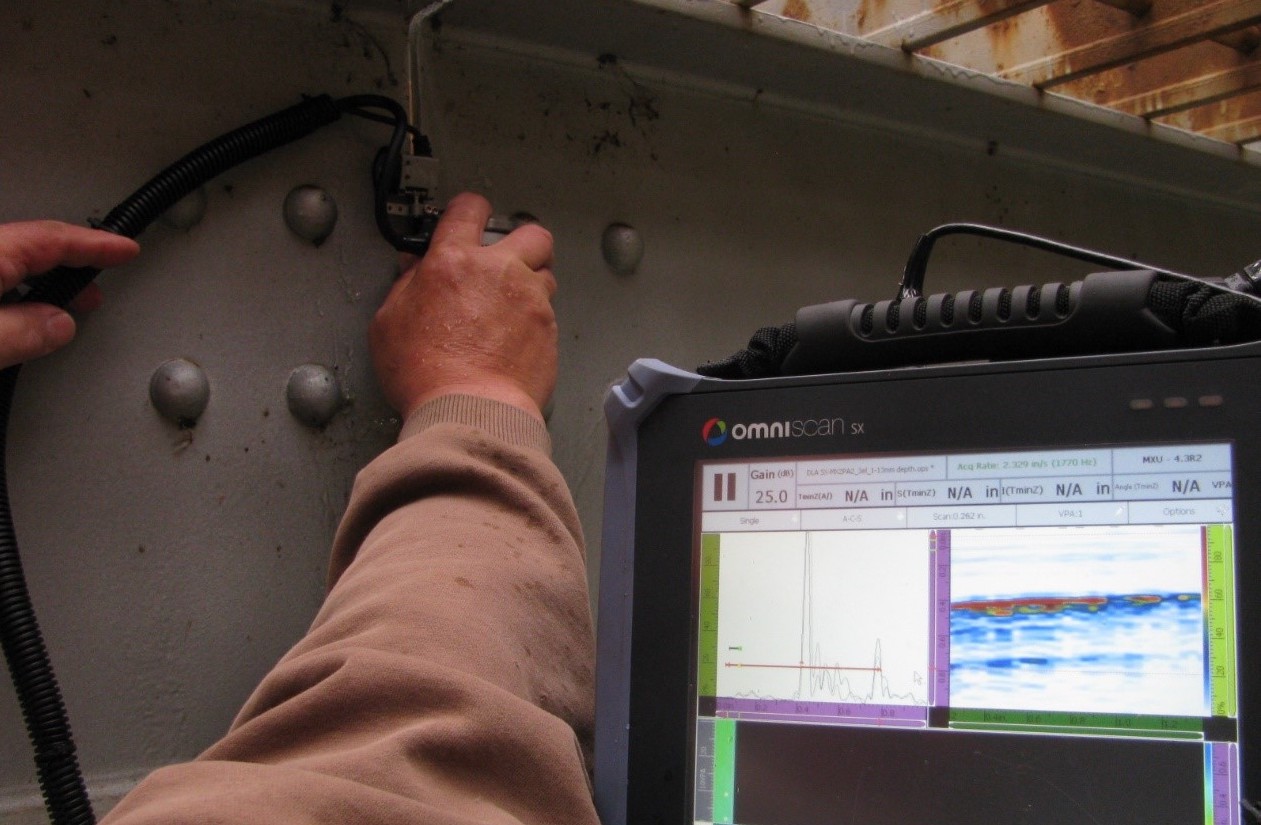 |
|
|
|
| Unmanned Aircraft System Bridge Inspection Demonstration Project Phase II Final Report This project examined the effectiveness of using unmanned aerial vehicles (UAVs) to aid in bridge safety inspections. The report details the advantages and challenges of this approach, and analyzes the capabilities of current and future UAV technologies. Phase 3 of the project will focus on using specialized UAVs for inspections in confined spaces. Phase 2 report and article about Phase 3. |
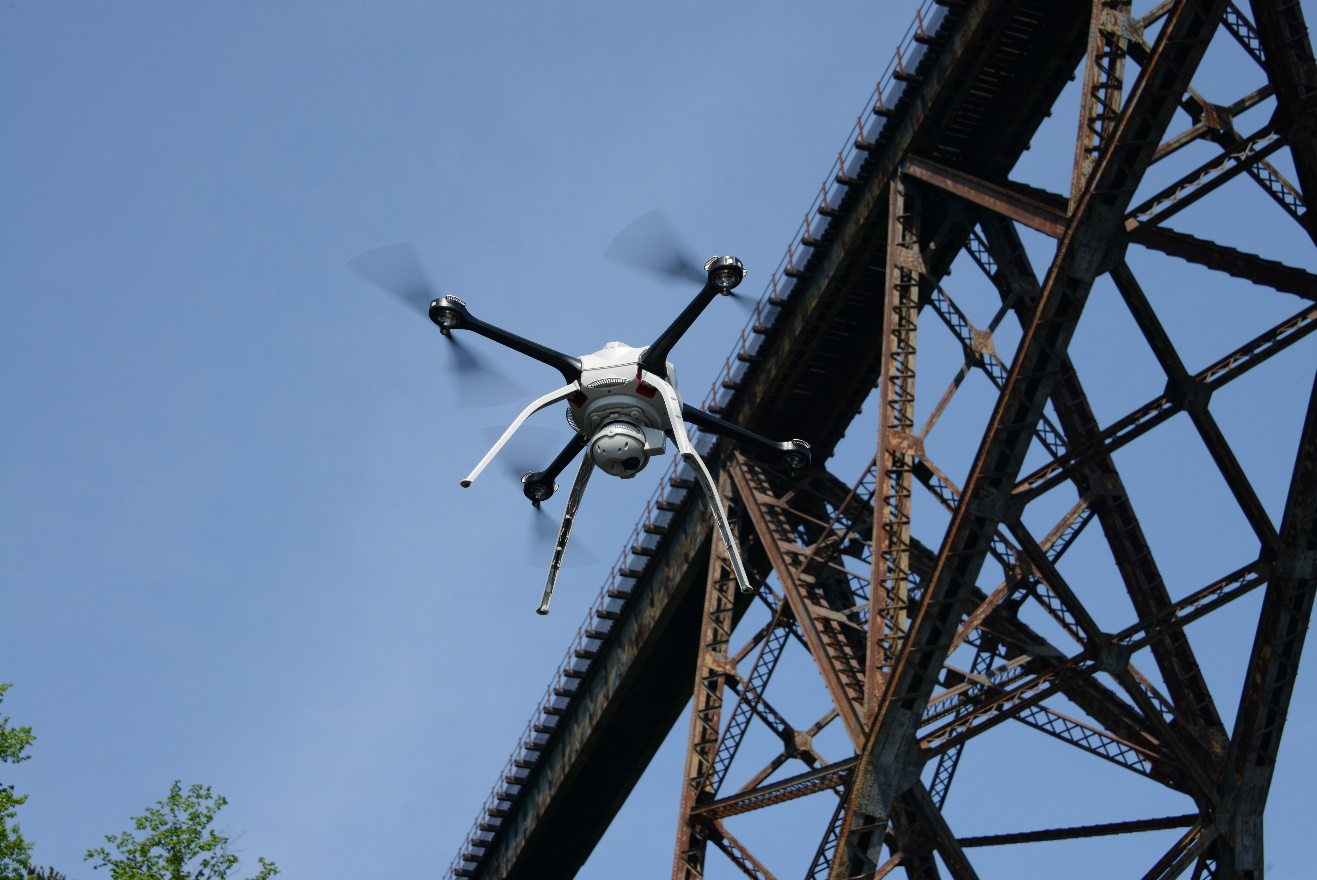 |
|
|
|
Bridge Repair and Rehabilitation Research |
| Proposal for Monitoring Concrete Painting as a Preventive Maintenance Tool (Abutments and Pier Caps) This study evaluated the practice of applying thin film protective coatings to concrete bridge abutments and piers as a preventive maintenance measure. Researchers assessed the performance of several projects where a specific coating was applied, documenting elements such as initial substrate condition, surface preparation, application method, applied film conditions, and weather conditions. Report. |
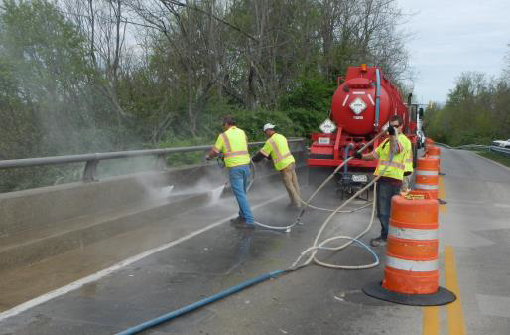 |
|
|
|
| Repairs With Self-Consolidating Concrete and Galvanic Anodes to Extend Bridge Life This study investigated the use of self-consolidating concrete (SCC), which has high flow rates, bonds well, has low permeability, and provides smooth surfaces, as another option for repairs of bridge substructure elements that contain vertical and overhead sections. The study also explored the use of galvanic anodes in SCC repairs at various locations. VDOT has been evaluating galvanic anodes in substructure repairs as a means to prevent corrosion deterioration in the area around a repair. Report. |
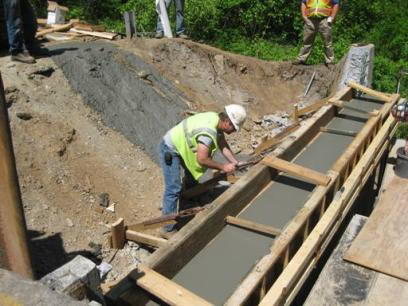 |
|
|
|
Culvert and Stream Maintenance Research |
| Structural Benefits of Concrete Paving of Steel Culvert Inverts Concrete paving is a common method for rehabilitating deteriorated metal culvert inverts. Researchers conducted a comprehensive study to determine how this approach contributes to the culvert's structural capacity. Computer simulations demonstrated that paving a deteriorated invert can restore the culvert structure, and this was confirmed during field load tests at two highway culvert sites. The study developed load rating recommendations for metal culverts with deteriorated inverts and those that have received the paving treatment. Report. |
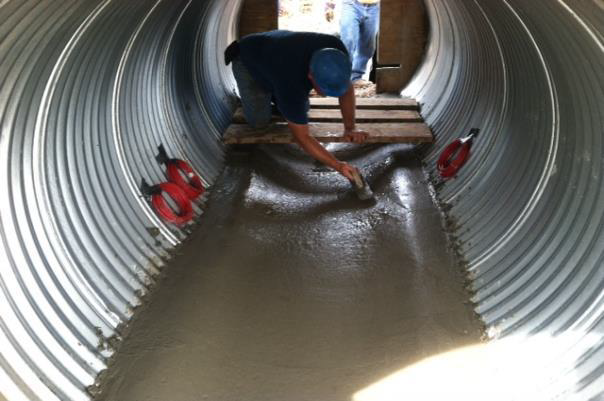 |
|
|
|
| Stream Channel Maintenance at Bridge Crossings in Ohio: Collaborative Approach Leads to Innovation and Implementation County crews in Ohio routinely maintain stream channels to minimize the impact of stream dynamics on bridges. This article spotlights how collaboration between Ohio DOT's central office and district and county staff led to innovative new approaches to stream channel maintenance near bridge crossings. Ohio DOT worked with the stream engineering community to identify natural channel design practices and tools that were feasible for county engineers to implement. The selected practices included single-arm vanes, cross vanes, W-weirs, and two-stage channels. Article and research report. |
 |
|
|
|
Maintenance Worker Safety Research |
| Evaluation of Safety Practices for Short Duration Work Zones This project evaluated the safety and efficiency of Ohio DOT's procedures for single-work-shift maintenance operations and tested equipment-related safety enhancements. Researchers tested six alternatives: (1) addition of a basket to existing temporary traffic control (TTC) setup and removal equipment, (2) use of a specially designed vehicle for TTC setup and removal, (3) use of equipment-mounted task lighting on specific equipment, (4) use of personal lighting, (5) use of Performance Class 3 apparel, and (6) use of a mobile barrier. Report. |
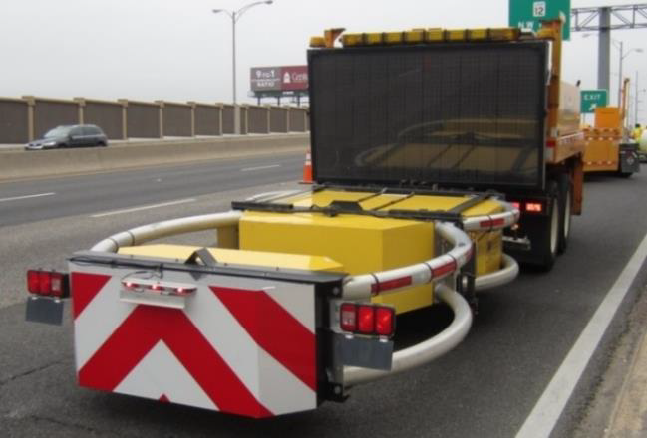 |
|
|
|
Pavement Repair and Rehabilitation Research |
| Comprehensive Field Evaluation of Asphalt Patching Methods and Development of Simple Decision Trees and a Best Practices Manual In this project, researchers evaluated the effectiveness of different pavement patching methods in order to develop simple decision trees and a best practices manual. The decision trees can be used to select a patching method based on pothole location, condition, area and depth, as well as construction season. The best practices manual provides guidelines on method selection, pothole preparation, placement of patching materials, and compaction. Report. |
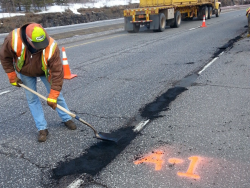 |
|
|
|
| Better Concrete Mixes for Rapid Repair in Wisconsin Using high early strength (HES) portland cement concrete in pavement repairs can help reduce the duration of traffic closures. Through field and lab tests and a survey, researchers evaluated the performance of repairs constructed with HES portland cement. They found that durability issues in rapid-repair pavements are more likely caused by difficulties associated with construction or mix procedures than mix specifications. Report. |
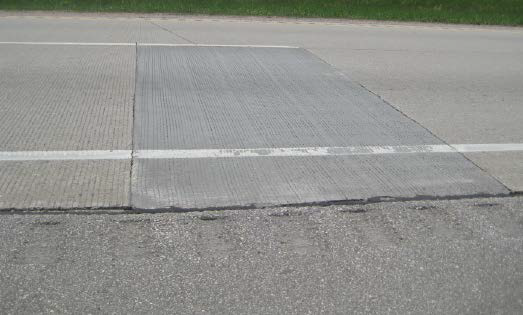 |
|
|
|
| Quantifying Asphalt Emulsion-Based Chip Seal Curing Times Using Electrical Resistance Measurements Chip sealing typically consists of covering a pavement surface with asphalt emulsion into which aggregate chips are embedded. Currently, no field technique is available to quantify when sufficient mechanical strength has developed in the binder to allow traffic on a newly sealed roadway or to remove the surplus aggregate from a fresh chip seal through brooming. This study investigated the use of electrical resistance measurements to develop a quantitative method for determining the optimum curing time for chip seals. The electrical properties of the fresh seals were quantified using a handheld electrical device with a two-point probe to measure resistance. Report. |
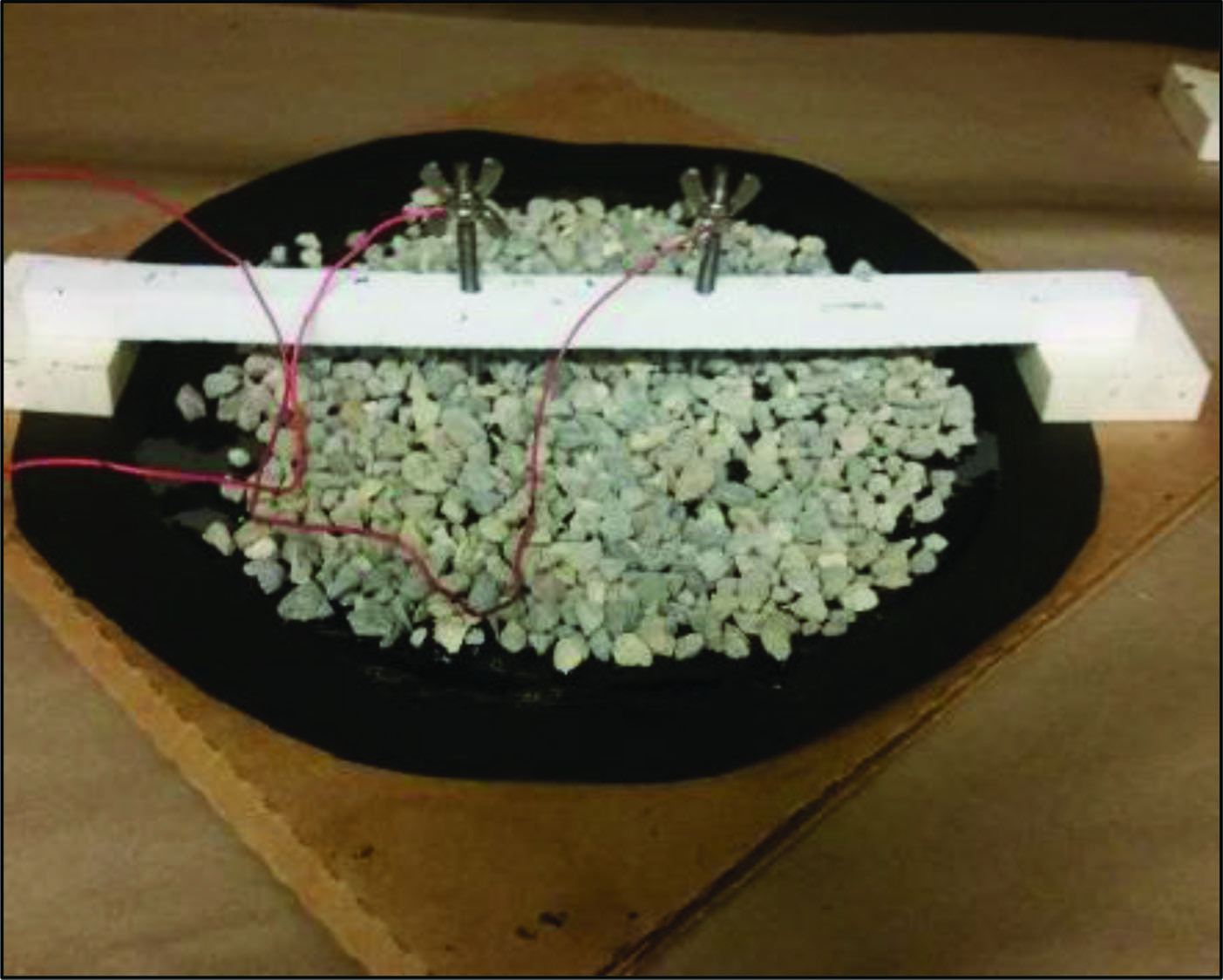 |
|
|
|
| The Math Proves the Savings in Pavement Preservation Strategies This article highlights the savings that state DOTs have realized through timely application of pavement preservation strategies, including a strategic diamond grinding initiative in Kentucky and a chip sealing program in North Carolina. "Pavement Preservation (When, Where and How)" is one of the innovations in round four of FHWA's Every Day Counts program. Article. |
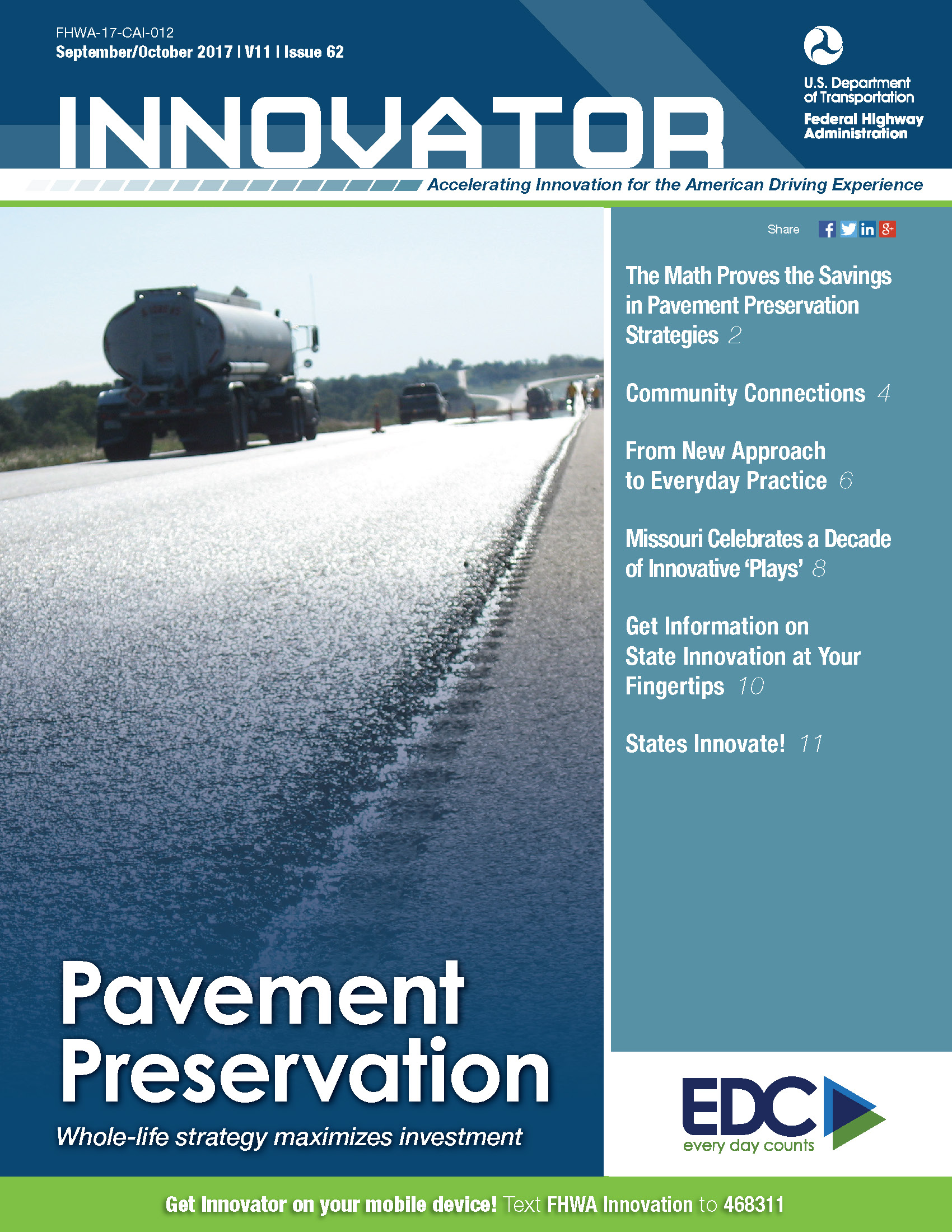 |
|
|
|
Roadside and Vegetation Maintenance Research |
| Best Management Practices for Establishment of Salt-Tolerant Grasses on Roadsides This project identified best management practices for improving the establishment and performance of a new roadside turfgrass mixture that can withstand pressure from road salt. Researchers investigated three possible influences on the grasses' success -- pre-establishment soil amendments, planting date, and watering during establishment -- and made recommendations to hasten establishment and reduce future maintenance. Report. |
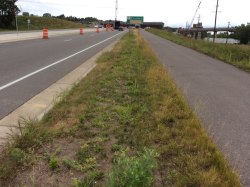 |
|
|
|
| Use of Adjuvants for Roadside Vegetation Control Adjuvants, also known as additives or carriers, are substances added to herbicides to enhance their delivery, penetration or stability. Adjuvants are also added to herbicide formulations to decrease their drift and dispersion during application and to minimize transport to nontarget plants. Caltrans uses adjuvants as part of its vegetation management program. California and several other states regulate adjuvants as pesticides, and this investigation examined state practices and research that addresses adjuvant use and potential toxicity when used for roadside vegetation control. Report. |
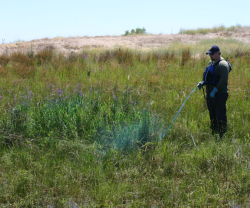 |
|
|
|
| Slope Stabilization Guide for Minnesota Local Government Engineers This user guide provides simple, cost-effective methods for stabilizing locally maintained slopes along roadways in Minnesota. The guide presents eight slope stabilization techniques that local government engineers can undertake using locally available materials and equipment. The guide was developed through a research effort that analyzed recent slope failures in Minnesota. Guide and final report. |
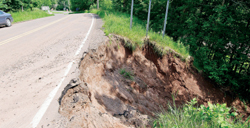 |
|
|
|
Subscribe to this newsletter |